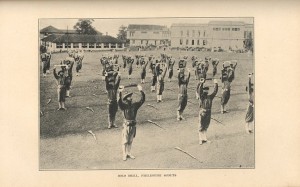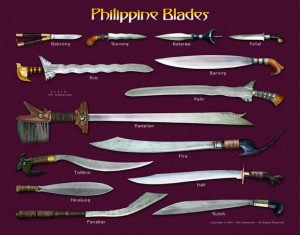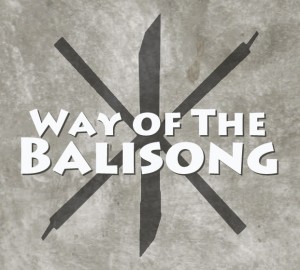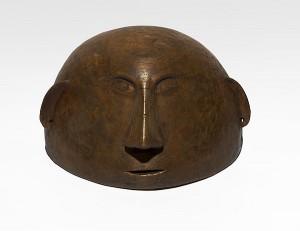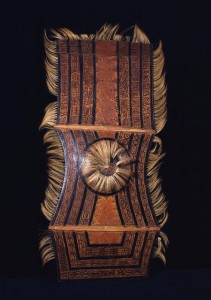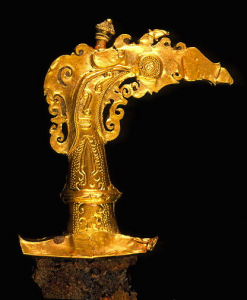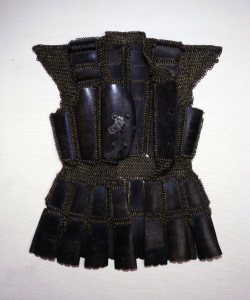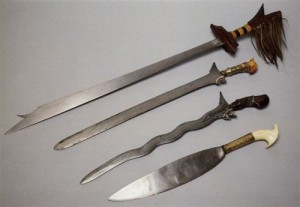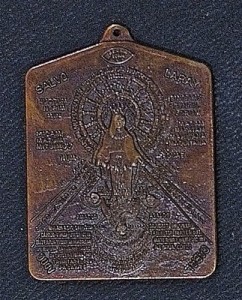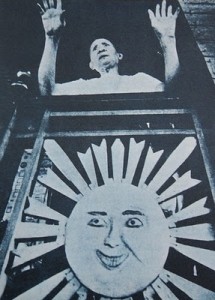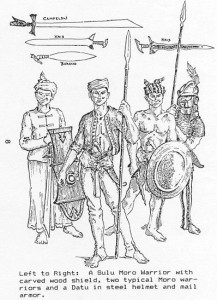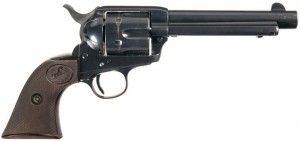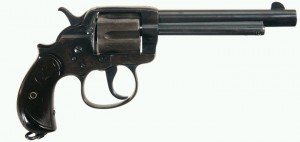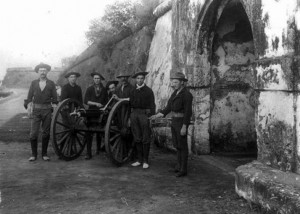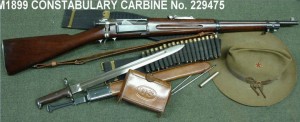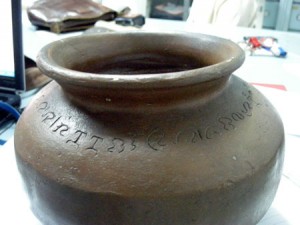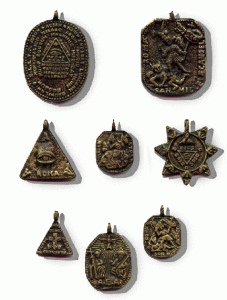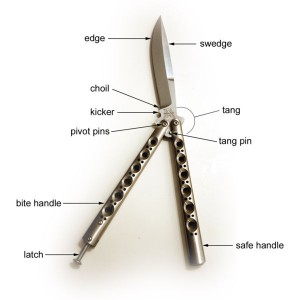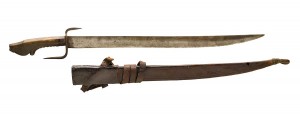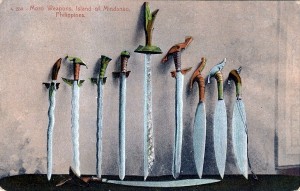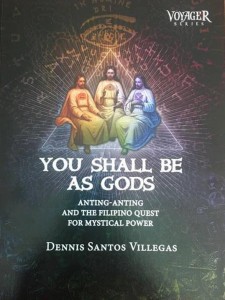
Vibal launches Anting-Anting book September 19th, 2017 http://vibalgroup.com/?p=830 https://shop.vibalgroup.com/products/you-shall-be-as-gods-anting-anting-and-the-filipino-quest-for-mystical-power The anting-anting has always been a curious artifact for both the older and younger generations of Filipino. But what is the anting-anting, how did it come into significance, and what is its role in the Filipino culture? Vibal Foundation attempts to guide the discussion of the anting-anting with the launch of You Shall Be as Gods: Anting-anting and the Filipino Quest for Power during the 38th Manila International Book Fair on September 16, 2017 at SMX Convention Center, Mall of Asia Complex, Pasay City. Penned by author and scholar Dennis Santos Villegas, this thoroughly researched book examines the evolution of the anting-anting throughout history as an essential element of Filipino beliefs from the pre-colonial era. It goes on to discuss the anting-anting’s influence in the Filipino’s struggle against Spanish colonization and even its role in integrating the Judeo-Christian tradition with longstanding indigenous beliefs. The book is the first title in Vibal Foundation’s new series, Voyager, which aims to expose readers into unchartered territories with academic discussions of intriguing topics that often elude formal academic conversations. You Shall Be as Gods: Anting-anting and the Filipino Quest for Power is available at shop.vibalgroup.com. For more information, call 580-7400 or 1-800-1000-VIBAL (84225) or e-mail marketing@vibalgroup.com. Author Dennis Santos Villegas talks about his new book on anting-anting during the launch and book signing event at the MIBF … [Read more...]
